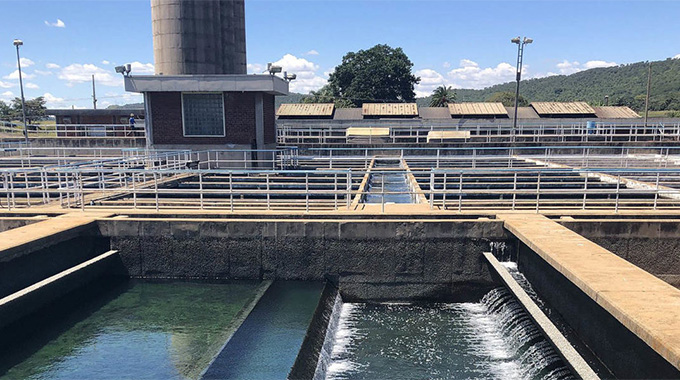Firms stay clear of Zimdollar loans

Oliver Kazunga
Senior Business Reporter
THE Confederation of Zimbabwe Industries (CZI) says most of its members paid off their local currency-denominated bank loans after the Reserve Bank of Zimbabwe (RBZ) hiked its bank policy rate from 80 to 200 percent last year.
In June 2022, the RBZ sharply increased the bank policy rate prompting banks to raise lending rates on new and existing local currency loans in a policy move meant to curtail speculative borrowing, which was partly blamed for driving exchange rate volatility and inflation.
The bank policy rate signifies the level at which the apex bank wants to see interest rates and generally benchmarks the minimum interest rates charged by commercial banks on loans.
The RBZ has also indicated that interest rates were increased to align them with the prevailing inflationary developments.
Zimbabwe’s economy has enjoyed relative stability in exchange rates and inflation since the monetary policy interventions, which were further bolstered by fiscal measures, including the value for money audits to avoid overcharging on public contracts.
With borrowing curtailed due to the high cost of money, there have been concerns by industry and commerce that this would constrain the growth and expansion of businesses that may not afford to borrow or service the existing loans.
In an interview yesterday, CZI president Mr Kurai Matsheza whose organisation represents the manufacturing sector, said the companies have liquidated their Zimbabwe dollar loans using internal resources and forgoing some of their critical activities.
“It has been very difficult for the companies . . . those that were in (heavily) borrowed positions, . . . had to clear those positions to pay off.
“They had to forego all other activities to make sure (they) channel all . . . cash flows to clear your borrowed position.
“It was just a painful exercise, you postpone any other things, maybe capital expenditure and scaling back operations just to try to make sure that all cash flows are channelled towards clearing your debt,” he said.
The CZI boss said some even opted to convert those Zimbabwe dollar loans to US dollar loans where the interest rates are a bit lower.
“But as an industry body, we have been engaging the authorities to try and make sure they reduce those rates and negotiations are going on.
“We are sure at some stage the Reserve Bank of Zimbabwe will reduce them,” he said.
In the upcoming monetary policy statement, due for presentation next month, the Zimbabwe National Chamber of Commerce has said it expects interest rates to be reviewed downwards to margins between 80 and 100 percent.
This is on account that the private sector understands that the rate of inflation is still a threat to the overall macro-economic stability, but having it come down to those levels will at least give businesses a breathing space.
The central bank has vowed to review downwards the lending rates when the economy reflects sustained currency and inflation stability.
Due to a tight monetary stance and other fiscal and monetary interventions the Government has adopted, inflation has trended downwards in the last half of last year from 30,7 percent in June to 2,4 percent in December while the annual rate has also been going down since the 2022-high of 285 percent in August to 243,8 percent at the close of the year.
For the greater part of the second half of 2022, there was also currency stability before some disturbances were experienced during the festive season.
Commenting on allegations that some companies had resorted to inter-company borrowing to fund their operations or offset their local currency bank loans, Mr Matsheza said: “Inter-company borrowing is neither here nor there; it’s still like you are borrowing from the right hand to give the left hand.









Comments